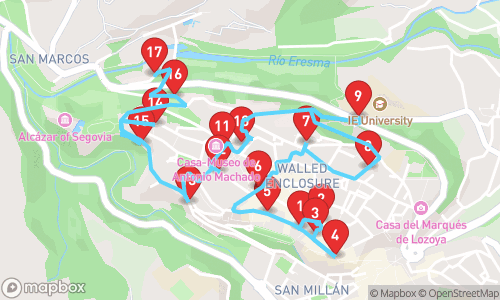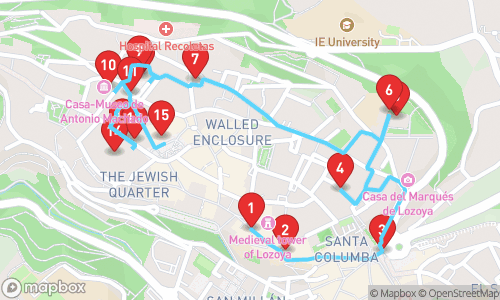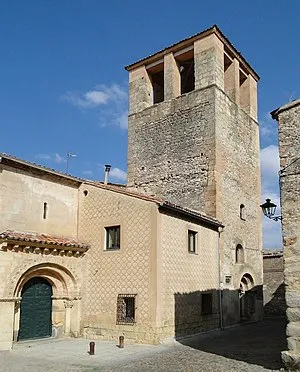

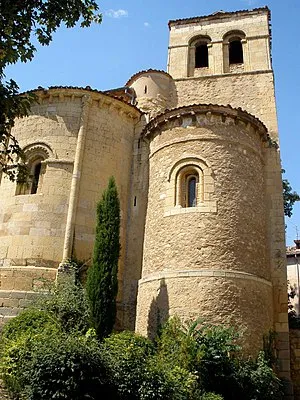
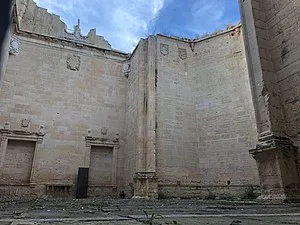
Découverte historique de Ségovie

Tour Guide
Jenny Multilingual
Welcome to Segovia! On this GPS guided audio tour, we will visit 17 stops on a route of 4.32km. This tour focusses mainly on history.
Locatello is an app where you can generate personal audio guided tours. Set your preferred distance, guide, language and theme, and a guided tour is created on the spot.
Walking Time
Distance
stops
Language
Tour Stops

Church of San Quirce
A church building of Romanesque style, dating back to the 12th century, featuring a unique design with a tower and a small chapel, which was abandoned as a place of worship and repurposed as an almacén, then restored and now serves as the headquarters of the Real Academia de Historia y Arte de San Quirce.

Church of the Santísima Trinidad
A Romanesque church building featuring a single nave, a curved apse, and a southern atrium, with a Gothic chapel and Baroque sacristies added later. Its exterior is adorned with decorated arches, columns, and a cornice with fantastical or real figure representations.

Church of San Nicolás
A Romanesque church building in Segovia, with its origin dating back to the 12th century.

Convent of San Agustín
A former Augustinian friary, the Convent of San Agustín in Segovia was a monastery built between 1570 and 1600, featuring a Gothic-Renaissance style church with a single nave, chapels, and a semihexagonal apse.
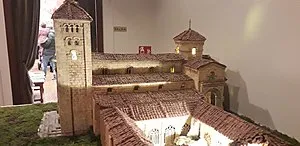
Old Cathedral of Segovia
A former cathedral, the Old Cathedral of Segovia is a Gothic edifice with a square plan and five tracts of gallery topped with simple cross-ribbed vaults.
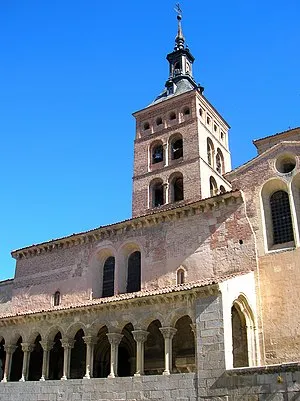
Church of San Martín
A church building of Mozarabic origin with Romanesque style, constructed in the 12th century and existing since 1117, featuring a triple nave, a cimborrio and a narrow gallery portico.
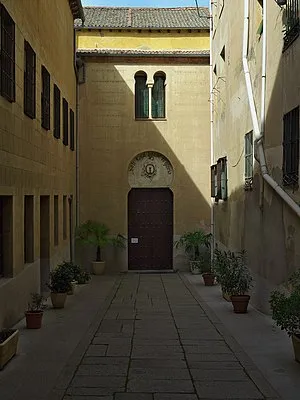
old main synagogue
A monastery and former synagogue dating to the 14th century, featuring Moorish-style architecture with rectangular shape and three naves, with a courtyard entrance and vegetal-decorated capitals.
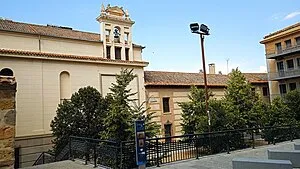
Sinagoga de los Ibáñez, Segovia
A synagogue built in the 15th century, formerly belonging to the Ibáñez de Segovia family, and currently owned by the Catholic Church. The building has been altered over the centuries, with only a few remaining Jewish features, such as a miqwab and mudéjar decorations.
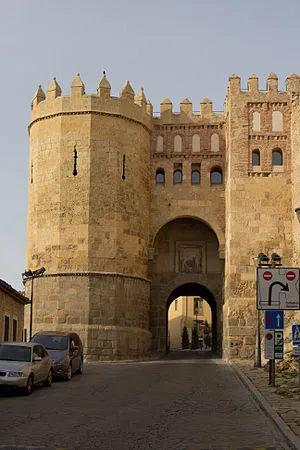
Puerta de San Andrés
A city gate with two towers, one square and one polygonal, featuring an arch, gallery, loopholes, cornices, and pyramidal battlements, as well as heraldic shields, forming part of Segovia's medieval fortifications and listed as a Bien de Interés Cultural.
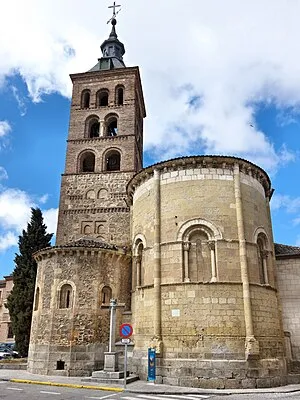
Church of San Andrés
A Romanesque church in Segovia, featuring two original absides, a three-story tower, and a retablo mayor with paintings by Alonso de Herrera. The interior has three naves, including the original central nave and lateral naves added later.
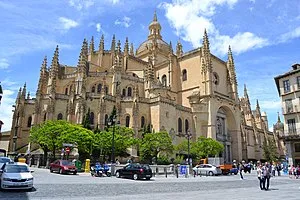
Segovia Cathedral
A grand Catholic cathedral in the Flamboyant style, established in 1768, and featuring a unity of late Gothic style architecture with tall vaults, fine tracery windows, and numerous stained glass windows.
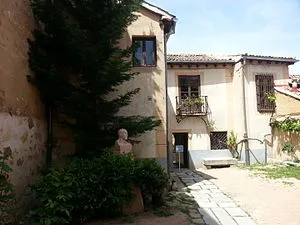
Casa-Museo de Machado
A historic house museum dedicated to the life and works of Spanish poet Antonio Machado, featuring his former residence, authentic furniture, and personal belongings, as well as exhibits and artworks from local and international artists.
Audio Preview
30 sec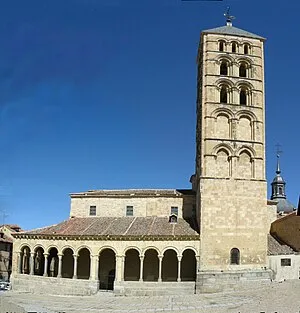
Church of San Esteban
A medieval Romanesque church dating back to the 12th century, noted for its architectural style and featuring a designated Bien de Interés Cultural bell tower, protected since 1896.
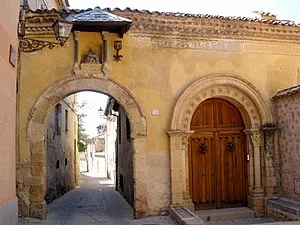
Puerta de la Claustra
A city gate, the Puerta de la Claustra, is an ancient portal in Segovia. It served as the entrance to the Rabal Segoviano de la Claustra, a residence of the cathedral canons until 1570.
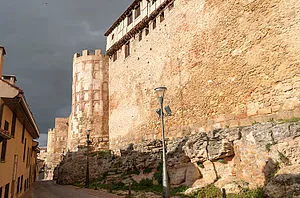
city walls of Segovia
A circuit of medieval city walls surrounds Segovia, completing approximately 2,250 meters in length and featuring a mix of materials, with some parts dating back to the 11th and 12th centuries.
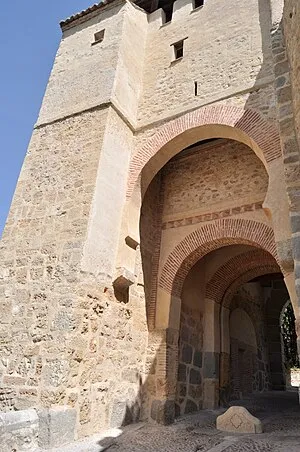
Puerta de Santiago
A Mudéjar-style city gate, Puerta de Santiago forms part of the medieval walls of Segovia, featuring a horseshoe arch and a rusticated ashlar base. Its interior contains a deteriorated statue of the Virgin of the Way.
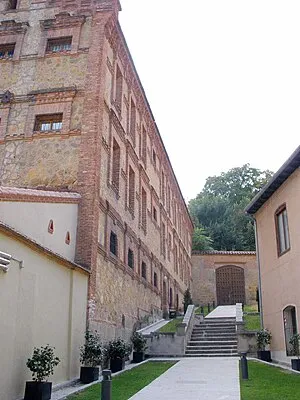
Monastery of Santa Cruz la Real, Segovia
A secularized convent, the Monastery of Santa Cruz la Real, features a 13th-century church with a monumental portal built under the direction of Brother Tomas De Torquemada and a cave, the Cave of Saint Dominic.
Download App
Experience this tour and many more with our mobile app. Available for iOS and Android.
Audio Preview
Tour Map
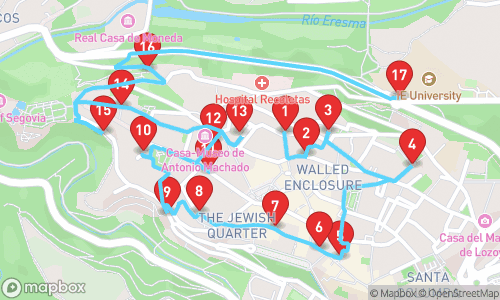
Quick Facts
- ✓GPS-guided navigation
- ✓Professional audio narration
- ✓Offline maps available
- ✓Premium content included
Why Choose This Tour
Expert Local Guide
Narrated by Jenny Multilingual, specializing in general tourism
Flexible Timing
Take the tour at your own pace, any time of day

